The History of Real Estate
Real estate has a long and interesting history that goes back to the very beginning of human civilization. From the first people claiming land to the modern-day skyscrapers in bustling cities, the way we own and use land has changed a lot. This article will take you through the key moments in the history of real estate.
Key Takeaways
- Early humans started claiming land for their own use, which was the beginning of property ownership.
- The idea of private property began to form, leading to the creation of medieval manors and feudal systems.
- The race for land during colonization led to the displacement of native people and the signing of treaties.
- The Industrial Revolution caused people to move from farms to cities, changing the way people lived and worked.
- Modern technology like online listings and virtual tours has changed the way we buy and sell real estate.
From Caves to Castles: The Dawn of Property Ownership
Early Human Settlements: Claiming Territory
Let's take a trip back in time. Early humans didn't have fancy homes. They had caves! These caves were their first property ownership. They marked their territory with simple tools and fire. It was all about survival and keeping safe from wild animals.
The Birth of Private Property
Fast forward a bit, and we see the rise of farming. People started to settle down and grow crops. This led to the idea of private property. Land became valuable, and people wanted to own it. They built fences and walls to keep others out. Owning land meant power and wealth.
Medieval Manors and Feudal Systems
Now, let's jump to medieval times. Castles and manors were the big thing. Lords owned huge pieces of land and peasants worked on them. This was the feudal system. The lords had all the power, and the peasants had to pay rent or work the land. It was a tough life, but it shaped the way we think about property ownership today.
From caves to castles, the journey of property ownership has been a wild ride. We've come a long way from simple shelters to grand estates.
The New World: Colonization and Land Grabs

European Powers and the Race for Land
When Europeans set sail for the New World, it was all about grabbing land. They were like kids in a candy store, snatching up territories left and right. Spain, France, and England were the big players, each wanting a piece of the pie. This was the start of some serious land development.
Native Displacement and Treaties
Of course, this land wasn't empty. Native Americans had been living there for ages. But the newcomers didn't care. They pushed the natives off their land, often with unfair treaties. It was a raw deal for the natives, losing their homes and way of life.
The Homestead Act and Westward Expansion
Fast forward to the 1800s, and the U.S. government decided to give away land to anyone willing to move west. The Homestead Act of 1862 was a game-changer. People could get 160 acres of land for free if they lived on it and improved it. This led to a massive westward expansion, with folks setting up new homes and towns all over the place.
The New World was a wild time of exploration, land grabs, and new beginnings. It shaped the way we think about property and ownership today.
Industrial Revolution: Urbanization and the Rise of Cities
From Farms to Factories: The Great Migration
We all know the story: people left their farms and flocked to cities. Why? Jobs, jobs, jobs! Factories were popping up everywhere, and urbanization was the name of the game. It was a time when everyone wanted a piece of the action.
Tenements and the Birth of Urban Housing
With so many people moving to cities, housing became a big issue. Enter the tenement. These buildings were packed with families, often in not-so-great conditions. But hey, it was a roof over their heads. The rise of urban housing was a game-changer.
Real Estate Tycoons and Skyscraper Boom
As cities grew, so did the buildings. Skyscrapers started to dominate the skyline, and real estate tycoons made a killing. They saw the potential and went all in. The result? Some of the most iconic buildings we know today.
The Industrial Revolution changed the way we live and work, and its impact on real estate was huge. From crowded tenements to towering skyscrapers, it was a time of big changes and even bigger dreams.
The Roaring Twenties to the Great Depression: Boom and Bust
The Jazz Age and Real Estate Speculation
Alright, folks, let's talk about the Roaring Twenties! Picture this: jazz music blaring, flappers dancing, and everyone thinking they could get rich quick. Real estate speculation was the name of the game. People were buying up land like it was going out of style, hoping to flip it for a profit. It was a wild ride, but not everyone came out on top.
The Stock Market Crash and Property Values
Then came the crash of '29. The stock market took a nosedive, and with it, property values plummeted. Homes that were once worth a fortune were now worth peanuts. It was a tough time, and many folks lost everything. The dream of owning a home turned into a nightmare for many.
Government Intervention and New Deal Housing Policies
But wait, there's more! The government stepped in with the New Deal, trying to fix the mess. They introduced housing policies to help people get back on their feet. Programs like the Federal Housing Administration (FHA) were created to make homeownership more accessible. It wasn't a perfect solution, but it was a start.
The Roaring Twenties were a time of great highs and devastating lows in the real estate market. From wild speculation to government intervention, it was a rollercoaster ride that shaped the future of property ownership.
Post-War Prosperity: Suburbia and the American Dream
GI Bill and Veteran Homeownership
After World War II, the GI Bill was a game-changer. Veterans came home to a hero's welcome and new opportunities. The bill made it easier for them to buy homes, get an education, and start businesses. This was the start of a new era in homeownership.
Levittown and Mass-Produced Housing
Enter Levittown, the poster child for mass-produced housing. Picture rows and rows of identical houses, all built super fast. This was the birth of the modern suburb. It was affordable, efficient, and perfect for the growing families of the time.
The Rise of the Suburban Lifestyle
With new homes came a new way of living. The suburbs offered a slice of the American Dream: a house, a yard, and a car in the driveway. It was all about community, safety, and a better quality of life. We traded city hustle for suburban peace, and we loved it.
The post-war boom wasn't just about houses; it was about creating a new way of life. We built communities, not just homes.
Modern Era: Technology and the Global Real Estate Market
The Digital Revolution: Online Listings and Virtual Tours
We've come a long way from newspaper ads. Now, we can browse homes from our couches. Online listings have made house hunting a breeze. And let's not forget virtual tours. No more driving around all weekend. Just click, and you're inside the house. It's like magic!
Globalization and Foreign Investments
Real estate isn't just local anymore. Investors from all over the world are buying properties. This has changed the game. We see more diverse neighborhoods and higher property values. It's a small world after all!
Sustainability and Green Building Trends
Green is the new black. Sustainable buildings are popping up everywhere. Solar panels, green roofs, and energy-efficient appliances are in. It's not just about saving the planet. It's also about saving money. Who knew being eco-friendly could be so cool?
The real estate market is always changing. But one thing's for sure: technology and globalization are here to stay.
The Future of Real Estate: Trends to Watch

Smart Homes and the Internet of Things
Alright, folks, we're stepping into the future! Imagine your home knowing when you're out of milk or adjusting the thermostat before you even get home. That's the magic of smart homes. With the Internet of Things (IoT), our homes are becoming more connected and intuitive. From smart fridges to voice-activated lights, the possibilities are endless.
Urban Renewal and Gentrification
Cities are always changing, and urban renewal is a big part of that. We're seeing old neighborhoods getting a facelift, but it comes with its own set of challenges. Gentrification can push out long-time residents, making it a double-edged sword. It's a balancing act between revitalizing areas and keeping them affordable for everyone.
Remote Work and Changing Office Spaces
The way we work is changing, and so are our office spaces. With more people working from home, companies are rethinking their office needs. We're seeing a shift towards flexible workspaces and co-working hubs. This trend is reshaping the Real Estate Market, making it more dynamic and adaptable.
The Housing Evolution is in full swing, and it's exciting to see where it will take us next!
The real estate market is always changing, and it's important to stay ahead of the trends. From smart homes to sustainable living, the future holds exciting possibilities. Want to learn more about what's coming next in real estate? Visit our website for the latest updates and expert insights.
Wrapping It Up: The Tale of Real Estate
And there you have it, folks! From ancient mud huts to modern skyscrapers, real estate has come a long way. It's been a wild ride full of ups and downs, twists and turns. Whether you're dreaming of a cozy cottage or a fancy penthouse, remember that every piece of land has a story. So next time you walk past a building, think about its journey through time. Who knows? Maybe one day, your home will be part of history too!
Frequently Asked Questions
What is the earliest form of property ownership?
The earliest form of property ownership started with early human settlements where people claimed territories to live and hunt.
How did private property come into existence?
Private property began when people started to farm and needed to protect their land and resources.
What was the role of land during the colonization of the New World?
European powers raced to claim land in the New World, often displacing Native people and making treaties.
How did the Industrial Revolution change where people lived?
During the Industrial Revolution, many people moved from farms to cities to work in factories, leading to the rise of urban housing.
What impact did the GI Bill have on homeownership after World War II?
The GI Bill helped many veterans buy homes, leading to the growth of suburban areas.
What are some modern trends in the real estate market?
Modern trends include online property listings, virtual tours, and a focus on green building practices.
Categories
- All Blogs (183)
- "Stranger Things" House For Sale (1)
- A Grand Slam in Urban Renewal: The Remarkable Transformation of Bush Stadium (1)
- Bill Gates' Xanadu 2.0: A Tour of the Billionaire's $130M Medina Mansion (1)
- Boxing Legend Oscar De La Hoya Lists Henderson Home for $20 Million (1)
- Cadence in Henderson Leads Las Vegas Valley in New Home Construction (1)
- Cryptocurrency and Blockchain (4)
- Escape to Luxury: Discover the Ultimate Mountain Retreat in Las Vegas (1)
- Escape to Your Own Fortress of Solitude: Nova Scotia's $11.5 Million Private Island Haven (1)
- Experience Exquisite Living at 1860 Hatfields Court, Henderson, NV 89044 (1)
- Experts Stunned by Las Vegas Luxury Summer Home Sales (1)
- Hollywood Comes to Vegas (1)
- Is 2024 the Year to Strike Gold in Las Vegas Real Estate? (1)
- Las Vegas Businesses Convert Vacant Offices to Save Costs (1)
- Las Vegas Has Eight Years of Land Left (1)
- Las Vegas Home Builders Experience Best First Quarter Since 2021 (1)
- Las Vegas Home Prices Soar: Median Price Hits $473,000, Closing in on All-Time Record (1)
- Las Vegas Homebuilding Boom: Top Companies Leading the Charge (1)
- Las Vegas Homeowner Takes on City Hall Over $180,000 Airbnb Fine, Alleging Violation of Due Process and Excessive Punishment (1)
- Las Vegas Housing Crisis: A Desert Mirage of Affordability (1)
- Las Vegas Housing Market Market Surge Continues (1)
- Las Vegas Luxury Real Estate: $35 Million Sale Sets New Record in The Summit Club (1)
- Las Vegas Population Explosion: How UNLV's 1996 Forecast Predicted Today's 2.4 Million Clark County Residents (1)
- Las Vegas Real Estate Market Insights: Top Trends, Home Buying Tips, and Best Neighborhoods (1)
- Las Vegas Real Estate Market Report: Homes Sell Fast in May 2024 (1)
- Las Vegas Real Estate Market Update (1)
- Las Vegas Real Estate Trends: Current Market Snapshot (1)
- Las Vegas Strikes Gold with Affluent Tourists and Residents: A Booming Tourism and Migration Report (1)
- Las Vegas Valley Sees Surge in Investor Home Purchases (1)
- Luxury Living in Las Vegas: SkyVu Unveils New Model Homes in MacDonald Highlands (1)
- Luxury Living in Las Vegas: The Ultimate High-Rise Experience (1)
- Market Update (1)
- Mesquite, Nevada: The Hidden Oasis Attracting Retirees and Reshaping the Silver State's Landscape (1)
- Newsletter (1)
- Pee-wee Herman's Iconic Los Feliz Home for Sale: $5 Million (1)
- Southwest Las Vegas Growth (1)
- Step into the Legendary Home of Jerry Lewis: A Piece of Hollywood History Hits the Market (1)
- Suze Orman's Tells Caller that $200K Savings Won't Cut It for Homeownership (1)
- The Canyon at Ascaya (1)
- The Dink Revolution: Pickleball Takes Over Las Vegas (1)
- The real ‘Full House’ house in San Francisco and where to find it (1)
- The Summit Club (1)
- The Treetop Revolution: How Luxury Treehouse Mansions Are Redefining the Skyline (1)
- Tropicana Las Vegas Demolition Preparing for Implosion to Make Way for MLB Stadium (1)
- Unearthed: The Hidden World of Luxury Cave Homes (1)
- Why the Surge in Construction Won't Lead to a Housing Market Crash (1)
Recent Posts
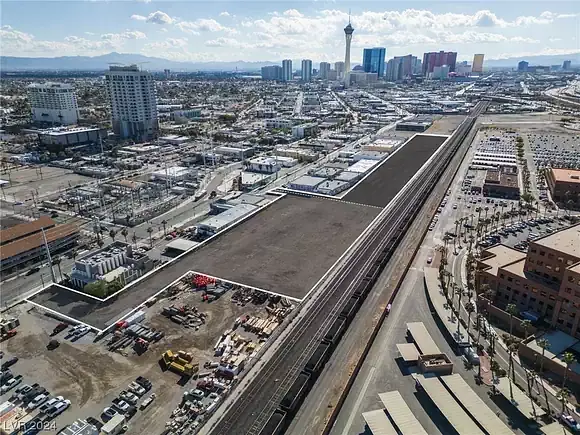
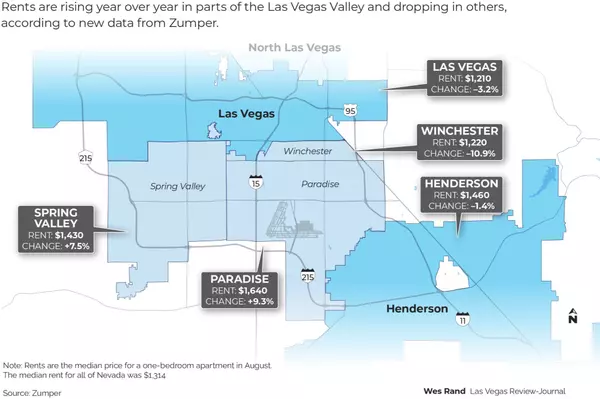


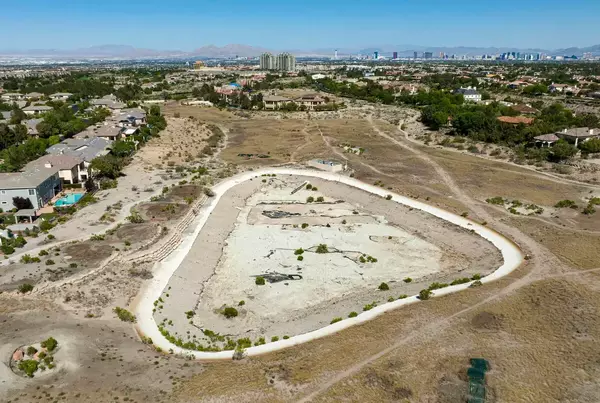

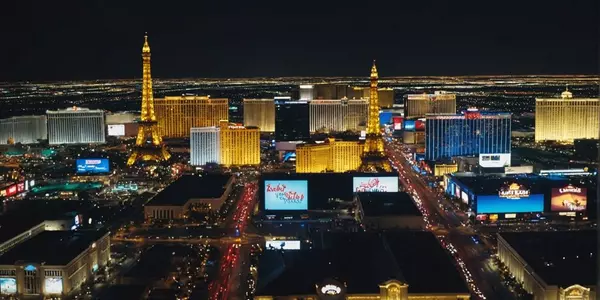

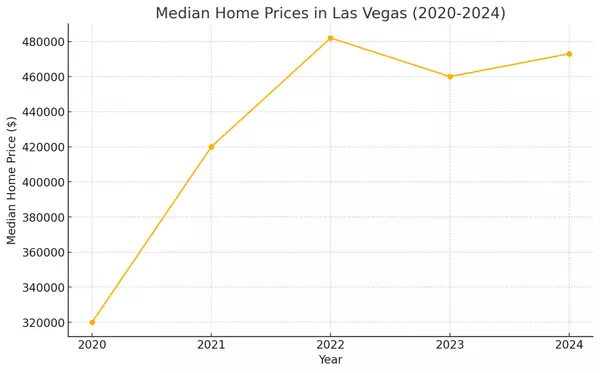
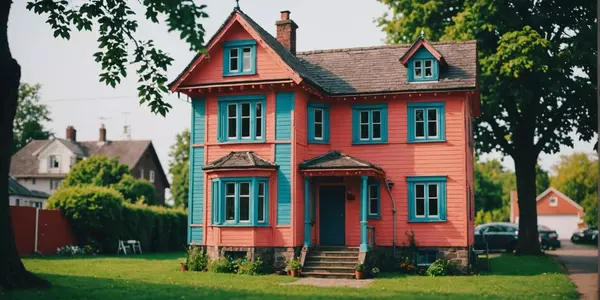
GET MORE INFORMATION

